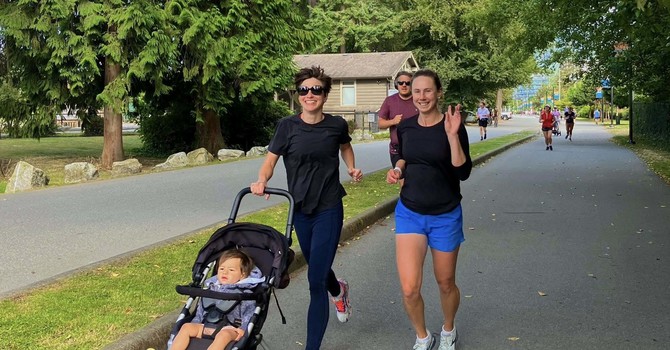
Perineal tearing is a common concern for many expectant pregnant people, yet understanding how to prevent it and properly care for the perineum after childbirth is often overlooked. At Hollyburn Physiotherapy Clinic, we are committed to educating our community about perineal tearing and offering effective strategies for prevention and postpartum care. In this blog, we’ll explore what perineal tearing is, its causes, how to prevent it during childbirth, and tips for postpartum recovery.
What is Perineal Tearing?
Perineal tearing refers to the tearing of the skin and tissues between the vaginal opening and the anus during childbirth. It can range from minor tears that require little to no intervention to more severe tears that may require stitches or extend to the anus.
Causes of Perineal Tearing
Several factors can increase the risk of perineal tearing during childbirth, including:
- First-time Birth: Women giving birth for the first time have a higher risk of perineal tearing.
- Larger Baby: Babies with a higher birth weight may put more pressure on the perineum during delivery.
- Prolonged Second Stage of Labor: A prolonged pushing stage can increase the risk of perineal tearing.
- Instrumental Delivery: The use of forceps or vacuum extraction during delivery can increase the likelihood of tearing.
Prevention of Perineal Tearing
While perineal tearing may not be entirely preventable, there are steps that expectant pregnant people and healthcare providers can take to reduce the risk:
- Perineal Massage: Regular perineal massage in the weeks leading up to childbirth can help soften and stretch the tissues, reducing the risk of tearing.
- Positioning During Labor: Certain birthing positions, such as hands-and-knees or side-lying positions, may reduce the risk of perineal tearing compared to lying on the back.
- Warm Compresses: Applying warm compresses to the perineum during the pushing stage of labor may help soften the tissues and reduce the risk of tearing, although the research around this is always changing.
- Guided Pushing: Working with your healthcare provider to push in a controlled manner during the second stage of labor may help reduce the risk of tearing.
Postpartum Care for Perineal Tearing
Proper postpartum care is essential for promoting healing and preventing complications after perineal tearing. Here are some tips for postpartum perineal care:
- Keep the Perineum Clean: Gently wash the perineal area with warm water and pat dry after using the bathroom.
- Use Pain Relief: Your midwife or doctor will usually recommend different pain relievers and topical numbing sprays or creams that can help manage discomfort.
- Apply Ice Packs: Using ice packs on the perineum can help reduce swelling and discomfort. A “padsicle” can be an amazing reliever.
- Practice pelvic floor exercises: Gentle pelvic floor exercises can help improve circulation and promote healing of the perineum.
- Train-track sitting: Sitting on two rolled towels under your sits-bones in line with your thigh bones (like train-tracks) can remove pressure from the area.
- Open air: allow yourself to remove your underwear and let the area air.
- Avoid Straining: Straining during bowel movements can put pressure on the perineum and increase discomfort. Eating a rich-fiber diet and staying hydrated can help prevent constipation.
- Follow Up with Your Healthcare Provider: Attend postpartum check-ups with your healthcare provider to ensure proper healing and address any concerns.
So, what next?
Perineal tearing is a common occurrence during childbirth, but there are steps that expectant pregnant people can take to reduce the risk and promote healing afterward. By practicing perineal massage, discussing birthing positions and interventions with your healthcare provider, and following proper postpartum care techniques, you can help minimize discomfort and support optimal healing of the perineum.
At Hollyburn Physiotherapy Clinic, we offer comprehensive prenatal and postpartum care, including education on perineal tearing, pain, bladder and bowel, pelvic floor and abdominal health/rehab,support during the postpartum period and more!. If you have questions or concerns about perineal tearing or postpartum recovery, don’t hesitate to reach out to us. We are here to support you every step of the way.
Francesca Ruddick
Contact Me


